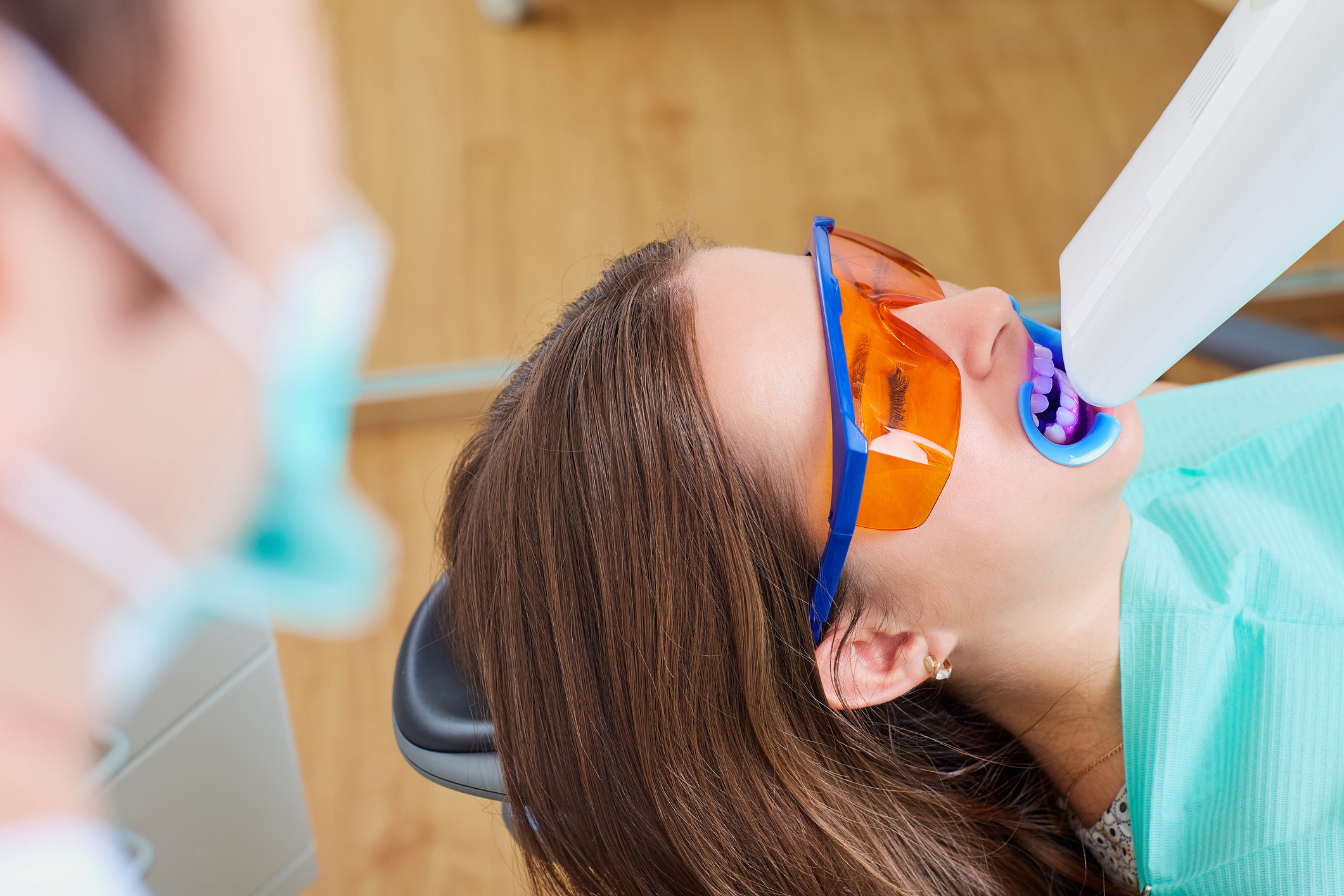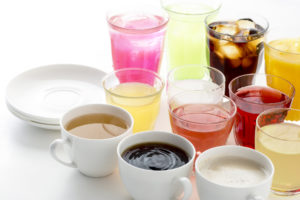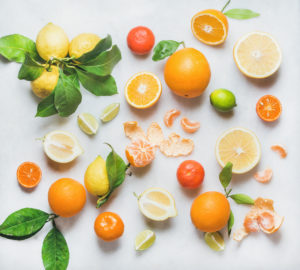
Foods That Stain Your Teeth and How to Avoid or Fix It
 Content provided by our sponsor: Dr. Jason D. Hutto, DDS.
Content provided by our sponsor: Dr. Jason D. Hutto, DDS.
Have you ever cut up a beet? Depending on your culinary knife skills, the after-effects of that can seem straight out of “Game of Thrones.” And if you do it on the counter and forget to use a plate or a cutting board? You’re never getting rid of that stain. Enjoy the home improvement store this weekend and your search for new countertops.
With that in mind, imagine what your teeth go through every day and all the colors of foods they process. (If you’re a Sno-ball fan in the hot summer of Baton Rouge, that alone should give you pause.) It’s no wonder your teeth can start to lose their sparkle after some of these foods.
|
|
To find out which foods are most likely to stain your teeth and what you can do about it, we reached out to Dr. Jason Hutto, DDS. Here are some foods he suggests limiting, as well as ways to prevent or fix staining.
The Foodie Culprits

Take a deep breath and prepare yourselves, foodies. You may find the following list of teeth-staining foods a bit hurtful. They’re all so yummy! Nevertheless, if you want a white smile, Dr. Hutto says these are foods to watch out for.
- Soda. Artificial coloring plus acid is not a good combo.
- Tomato sauce.
- Balsamic vinegar.
- Coffee and tea. Tea is actually worse than coffee because of its tannic acid content.
- Beets.
- Blueberries or blackberries.
- Citrus fruits. These don’t actually add color to your teeth. Rather, their highly acidic flesh thins the enamel of the teeth, allowing the darker dentin underneath to show through, Dr. Hutto says. “Habitual lemon eaters often have teeth that are anywhere from light yellow to dark brown, and this can only be addressed with restoration,” he says.
- Curry, saffron and turmeric.
- Red wine.
- White wine. Like citrus, it doesn’t add color, but it weakens enamel and allows other food stains to penetrate deeper into the teeth.
 What these foods have in common is that they’re either acidic, highly pigmented or both. “Acids temporarily soften enamel and make it susceptible to staining, or permanently wear away enamel and reveal the dark dentin underneath,” he says. Also some of these, such as berries or syrupy vinegar, are a bit sticky and cling to teeth, allowing acid more time to penetrate the enamel, Dr. Hutto says.
What these foods have in common is that they’re either acidic, highly pigmented or both. “Acids temporarily soften enamel and make it susceptible to staining, or permanently wear away enamel and reveal the dark dentin underneath,” he says. Also some of these, such as berries or syrupy vinegar, are a bit sticky and cling to teeth, allowing acid more time to penetrate the enamel, Dr. Hutto says.
Prevention and Quick Fixes
No one is suggesting you never eat tomato sauce or drink wine again. Rather, you should do so in moderation and take a little extra care of your teeth when you know you’re eating some of these staining foods. And if you need a quick fix without the expense or time of a dental visit, you have options.
For example, “anytime you eat or drink acidic foods, don’t brush immediately afterwards because the enamel is soft and brushing during this time can abrade away the enamel,” Dr. Hutto says. Instead, let the acid in your mouth dissipate by waiting 30 minutes to an hour. Drinking water or chewing sugar-free gum during this time can also help dilute or wash away acid because it stimulates the flow of saliva, he says. “Saliva contains natural acid buffers, so this can help neutralize acid,” he says.
 Whitening toothpastes can help remove surface stains, Dr. Hutto says, but they do this through abrasion, not a bleaching process. They won’t give you a big impact like actual bleaching can, but they can help remove surface stains before they sit too long and really stain the teeth. However, the abrasion can wear your enamel thin, so he recommends only using these once or twice a week, tops.
Whitening toothpastes can help remove surface stains, Dr. Hutto says, but they do this through abrasion, not a bleaching process. They won’t give you a big impact like actual bleaching can, but they can help remove surface stains before they sit too long and really stain the teeth. However, the abrasion can wear your enamel thin, so he recommends only using these once or twice a week, tops.
If you have minimal staining, Dr. Hutto recommends over-the-counter whitening gel strips. “These actually involve a chemical reaction to whiten the teeth and go beyond surface stains,” he says.
Dental Treatment Options
If your staining is moderate to severe, accompanied by any pain, or you just want a big impact quickly, you should visit your dentist. A dentist can provide you with several options that have different price points and time requirements. There’s really something for everyone.
For example, if you like the thought (and price) of over-the-counter white strips but your staining is a little worse than they can treat, your dentist can offer you professional-grade strips. “These can only be purchased from a dentist’s office. They’re great for patients who are younger and haven’t lost much enamel. They work best on thick enamel with moderate staining,” Dr. Hutto says.
Another option for moderate whitening is an in-office treatment with a stronger gel. “This takes about 45 minutes and gets a deeper penetration of the whitening gel below the surface of the tooth. We do this in the office and give patients whitening trays to do occasional maintenance themselves at home,” he says.
For the most severe staining, Dr. Hutto recommends custom trays that the patient takes home. These can be filled with a higher concentration of bleach gel and used for a longer time to achieve the best results, he says.
Bleaching is a cost-effective way to really brighten your smile with minimal hassle or pain. It doesn’t leave your teeth any more susceptible to future staining, but it doesn’t offer any more protection from further stains either. You still need to be aware of staining foods, drinks or cigarettes and do touch-ups occasionally.
For stains that can’t be corrected with bleach, Dr. Hutto offers veneers or crowns. When dentin is exposed from worn enamel or teeth are stained from certain medications, such as tetracycline, the only option is to cover them with a whiter material. “This is more expensive and involves multiple procedures,” Dr. Hutto says. “But on the upside, porcelain does not stain. You still need to brush, floss, avoid sugar and get checkups to keep your mouth healthy, but you won’t need to worry about stains again,” he says.
Want to improve your self-confidence and quality of life through your smile? Contact Dr. Hutto today and schedule your appointment.
|
|
|
